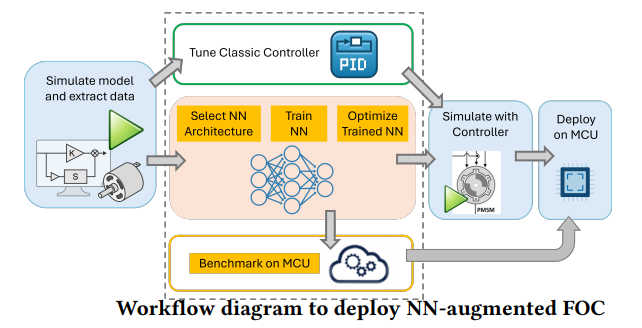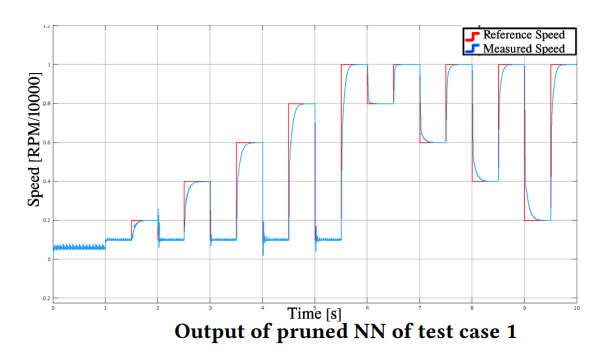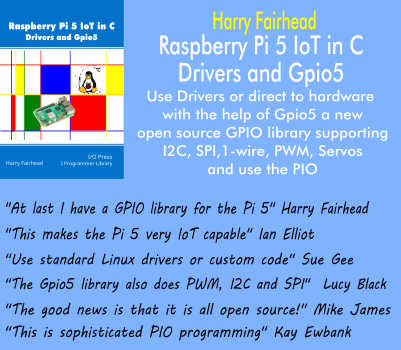| Neural Networks Learn How To Run A Motor |
| Tuesday, 18 February 2025 |
|
Neural Networks are great at learning patterns and this makes them potentially very good at controlling difficult things. For example, a neural network can learn to balance a pole on its point. But do we want a neural network to take control of something serious like a power station or a reactor? It turns out that controlling a motor proves its potential. A team of researchers has tackled was might seem like a solved problem - how to control a motor. This is not a solved problem in practice even though we have lots of "classical" control theory to tell us how to do it. In practice motor controllers are compromises and they usually exhibit varying degrees of imperfections in the form of over and undershoot. As a motor to go faster and it will probably overshoot the target and then oscillate around the new value until it settles down. Add a neural network to the controller and the over and undershoot can be eliminated. This is great news for robots as it would let them move their limbs into an exact position without any dangerous wobbles.
Rather than introduce an end-to-end neural network solution what the researchers did was to take a standard Proportional Integral controller and add a small neural network to it. I say small but it still used 1400 parameters - small compared to a moderm LMM with billions of parameters. Even so considering the hardware it is going to run on and the timing demands of controlling a 30kHz PWM signal i.e. about 33 microseconds per update the network still needs optimizing. The two optimization methods use were pruning and reducing the weights to eight bits. What is really surprising is that the pruned and pruned and quantized networks were slower! Also the network that had its learning parameters optimized was not good at controlling the motor despite seeming to have learned the task better. The results show the advantages of using AI for control problems. The overshoot was reduced by 87.5% and the pruned model eliminated it entirely.
There are some problems however. The PI controller is well understood and even has theoretical worse case performance estimates and guarantees. The neural network, however, is a black box and we have no idea how much it could go wrong. Neural networks are known to "hallucinate" and do things that you might not expect. What if a network in charge of a large motor suddenly turned it up to full speed for no particular reason? We grow to trust AI without any proof that it is safe in even the most basic sense of the word. More InformationMartin Joel Mouk Elele, University of Pavia Pavia, Italy, Danilo Pau, STMicroelectronics Inc. Milan, Italy, Shixin Zhuang, Mathworks Boston, USA, Tullio Facchinetti, University of Pavia Pavia, Italy Related ArticlesProgramming The ESP32 In C - MCPWM First Example Neural Networks Have A Universal Flaw The Flaw In Every Neural Network Just Got A Little Worse The Deep Flaw In All Neural Networks The Flaw Lurking In Every Deep Neural Net Neural Networks Describe What They See To be informed about new articles on I Programmer, sign up for our weekly newsletter, subscribe to the RSS feed and follow us on Twitter, Facebook or Linkedin.
Comments
or email your comment to: comments@i-programmer.info <ASIN:1871962919>
|
| Last Updated ( Wednesday, 19 February 2025 ) |



